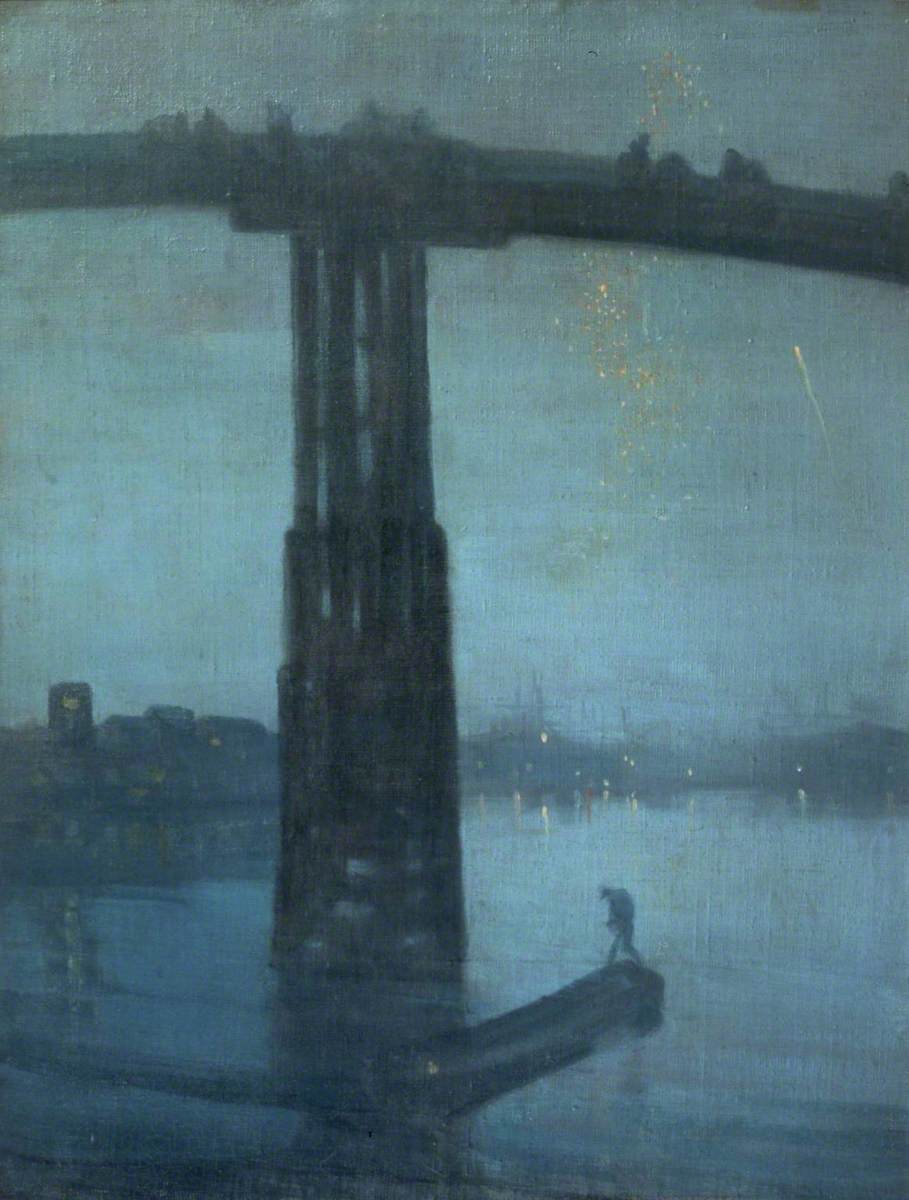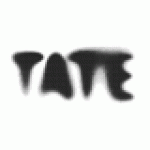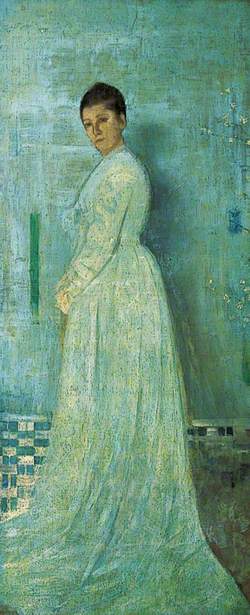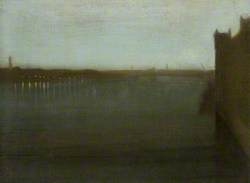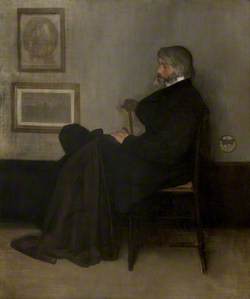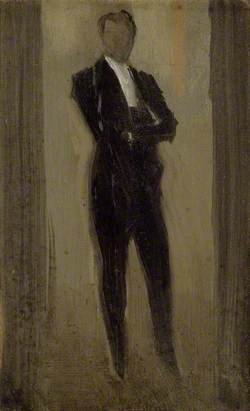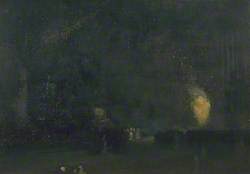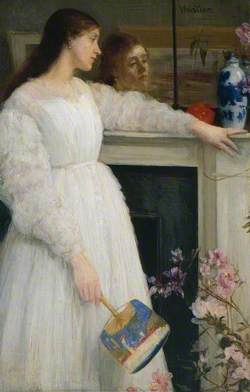How you can use this image
This image is available to be shared and re-used under the terms of the Creative Commons Attribution-NonCommercial-NoDerivatives licence (CC BY-NC-ND).
You can reproduce this image for non-commercial purposes and you are not able to change or modify it in any way.
Wherever you reproduce the image you must attribute the original creators (acknowledge the original artist(s) and the person/organisation that took the photograph of the work) and any other rights holders.
Review our guidance pages which explain how you can reuse images, how to credit an image and how to find more images in the public domain or with a Creative Commons licence available.
DownloadNotes
Add or edit a note on this artwork that only you can see. You can find notes again by going to the ‘Notes’ section of your account.
This is one of Whistler's most controversial works and was produced as 'evidence' in the famous Whistler-Ruskin trial of 1878. It is the fifth in a series of Nocturnes, produced during the 1870s. Whistler's aim in these works was to convey a sense of the beauty and tranquility of the Thames by night. It was Frederick Leyland who first used the name 'nocturne' to describe these moonlit scenes, suggesting the concept of evening, or night, but with musical associations. The expression was quickly adopted by Whistler, who later explained, 'By using the word ''nocturne'' I wished to indicate an artistic interest alone, divesting the picture of any outside anecdotal interest which might have been otherwise attached to it. A nocturne is an arrangement of line, form and colour first' (quoted in Dorment and MacDonald, p.122).
In 1876 Whistler exhibited the picture as 'Nocturne in Blue and Silver No. 5', but by 1892 had given it its present title. When it appeared at the first Grosvenor Gallery exhibition in 1877 Oscar Wilde wrote that it was 'worth looking at for about as long as one looks at a real rocket, that is, for somewhat less than a quarter of a minute' (quoted in Dorment and MacDonald 1994, p.130). The painting was bought by William Graham and was later included in the Graham sale at Christie's in 1886. When it came up for auction it was hissed by the general public.
Further reading: Richard Dorment and Margaret F. MacDonald, 'James McNeill Whistler', exhibition catalogue, Tate Gallery, London 1994, no.54, pp.130–131, reproduced in colour p.54. 'James McNeill Whistler, The Gentle Art of Making Enemies', 1892, reproduced in Robin Spencer, 'Whistler – A Retrospective', New York 1989, pp.128–133, reproduced in colour p.139. Andrew McLaren Young, Margaret F. MacDonald, Robin Spencer with the assistance of Hamish Miles, 'The Paintings of James MacNeill Whistler', New Haven and London, 1980, no.140, reproduced in colour plate 109. Frances Fowle December 2000
Title
Nocturne: Blue and Gold - Old Battersea Bridge
Date
c.1872–5
Medium
Oil on canvas
Measurements
H 68.3 x W 51.2 cm
Accession number
N01959
Acquisition method
Presented by the Art Fund 1905
Work type
Painting
Stories
-
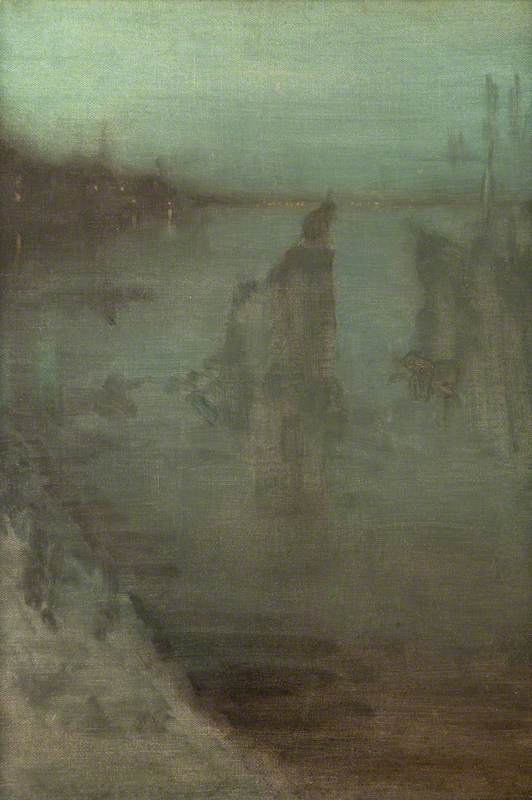 James McNeill Whistler: nature and industry
James McNeill Whistler: nature and industryPatricia de Montfort
-
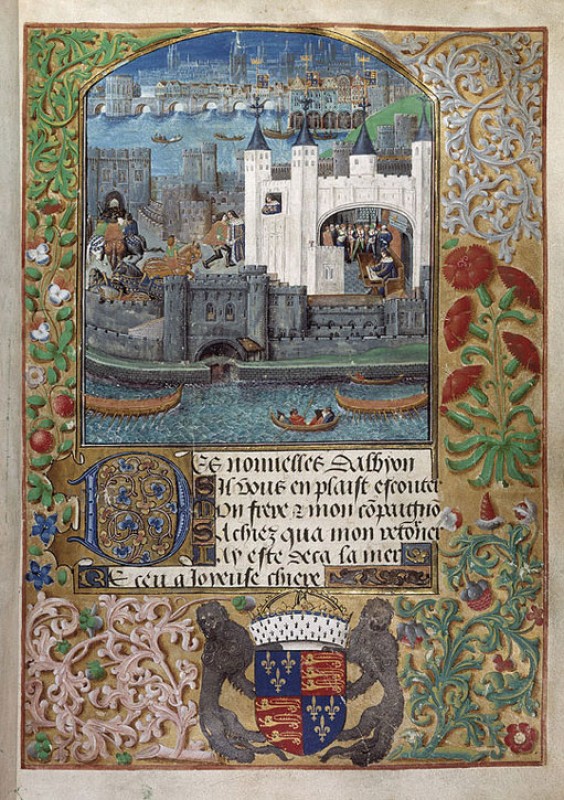 Dirty old river: the Thames in art
Dirty old river: the Thames in artElise Bell
-
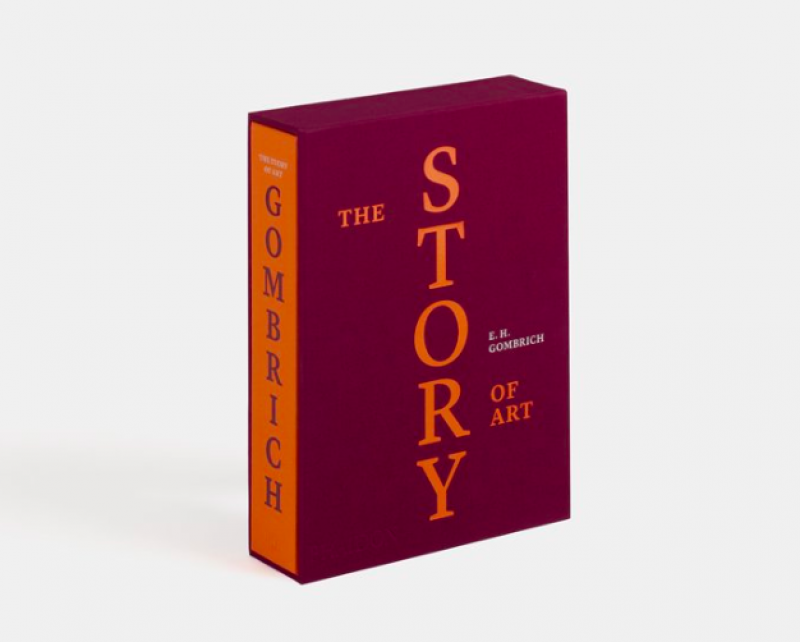 E. H. Gombrich and 'The Story of Art' revisited
E. H. Gombrich and 'The Story of Art' revisitedLydia Figes
-
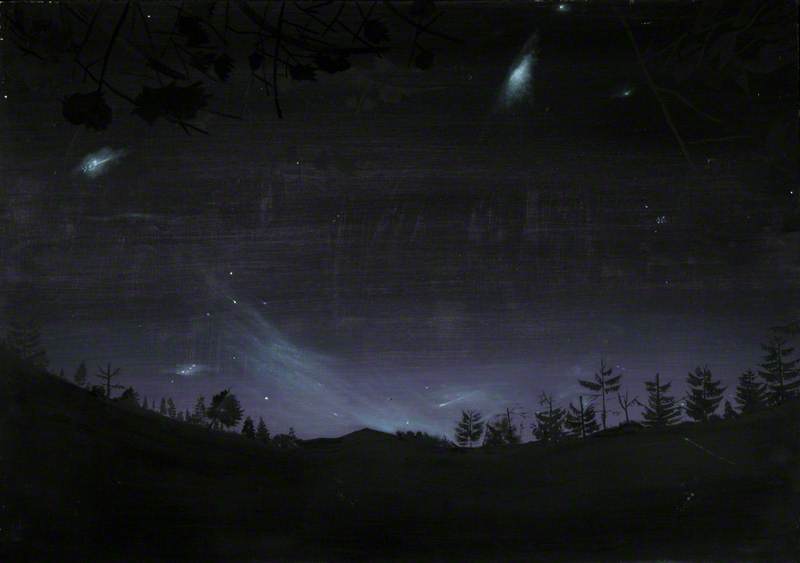 The night sky in art
The night sky in artJade King
